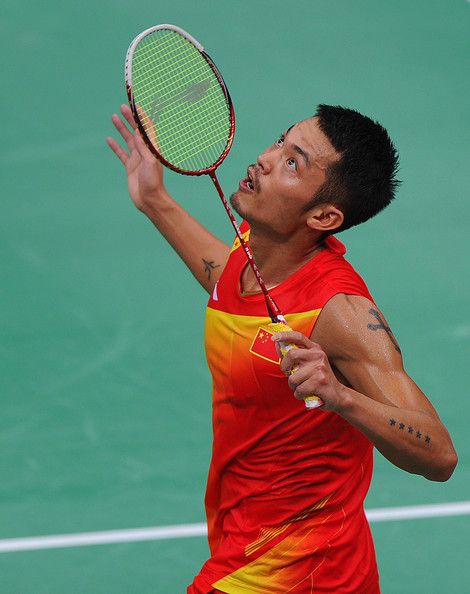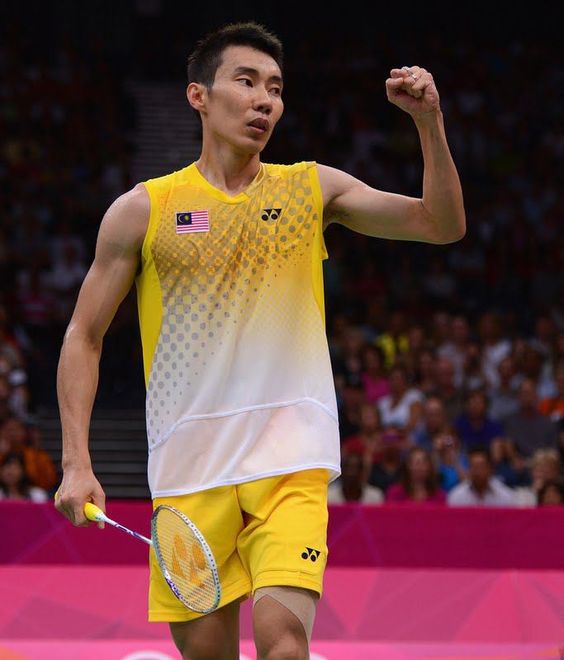Top Players

Lin Dan: Lin Dan, also known as "Super Dan," is a Chinese badminton legend celebrated for his exceptional skill, agility, and dominance on the court. With multiple Olympic gold medals, World Championships, and All England titles, Lin Dan has left an indelible mark on the sport, earning widespread acclaim as one of the greatest badminton players of all time.

Lee Chong Wei: Lee Chong Wei, hailing from Malaysia, is one of the most accomplished badminton players in history, known for his speed, agility, and relentless playing style. Despite facing stiff competition from rivals, Lee Chong Wei clinched multiple Olympic silver medals, World Championships, and Commonwealth Games titles, solidifying his status as a badminton icon.

Carolina Marin: Carolina Marin, from Spain, is a dominant force in women's badminton, renowned for her aggressive playing style, powerful smashes, and mental resilience on the court. With Olympic gold medals, World Championships, and European titles to her name, Marin has emerged as a trailblazer for women's badminton, inspiring a new generation of players with her tenacity and success.

Tai Tzu Ying: Tai Tzu Ying, representing Chinese Taipei, is revered for her exceptional skill, creativity, and finesse on the badminton court. With a unique playing style characterized by deceptive shots and unpredictable tactics, Tai Tzu Ying has captured numerous international titles, including World Championships and BWF Super Series titles, earning acclaim as one of the most exciting players to watch.

Lin Dan
Lin Dan, also known as "Super Dan," is a retired Chinese badminton player widely regarded as one of the greatest in the history of the sport. With two Olympic gold medals, five World Championships, and numerous other titles to his name, Lin Dan's dominance and longevity on the court have earned him legendary status among badminton enthusiasts worldwide.

Lee Chong Wei
Lee Chong Wei, a former Malaysian badminton player, is widely regarded as one of the greatest singles players in the history of the sport. Despite facing setbacks and fierce competition throughout his career, Lee Chong Wei's remarkable skill, speed, and resilience enabled him to clinch multiple Olympic silver medals, World Championships, and Commonwealth Games titles, leaving an indelible mark on the world of badminton.

Carolina Marin
Carolina Marin, hailing from Spain, is a dominant force in women's badminton, known for her aggressive playing style, powerful smashes, and mental resilience on the court. With Olympic gold medals, World Championships, and European titles to her name, Marin has emerged as a trailblazer for women's badminton, inspiring a new generation of players with her tenacity and success.

Tai Tzu Ying
Tai Tzu Ying, representing Chinese Taipei, is revered for her exceptional skill, creativity, and finesse on the badminton court. With a unique playing style characterized by deceptive shots and unpredictable tactics, Tai Tzu Ying has captured numerous international titles, including World Championships and BWF Super Series titles, earning acclaim as one of the most exciting players to watch.